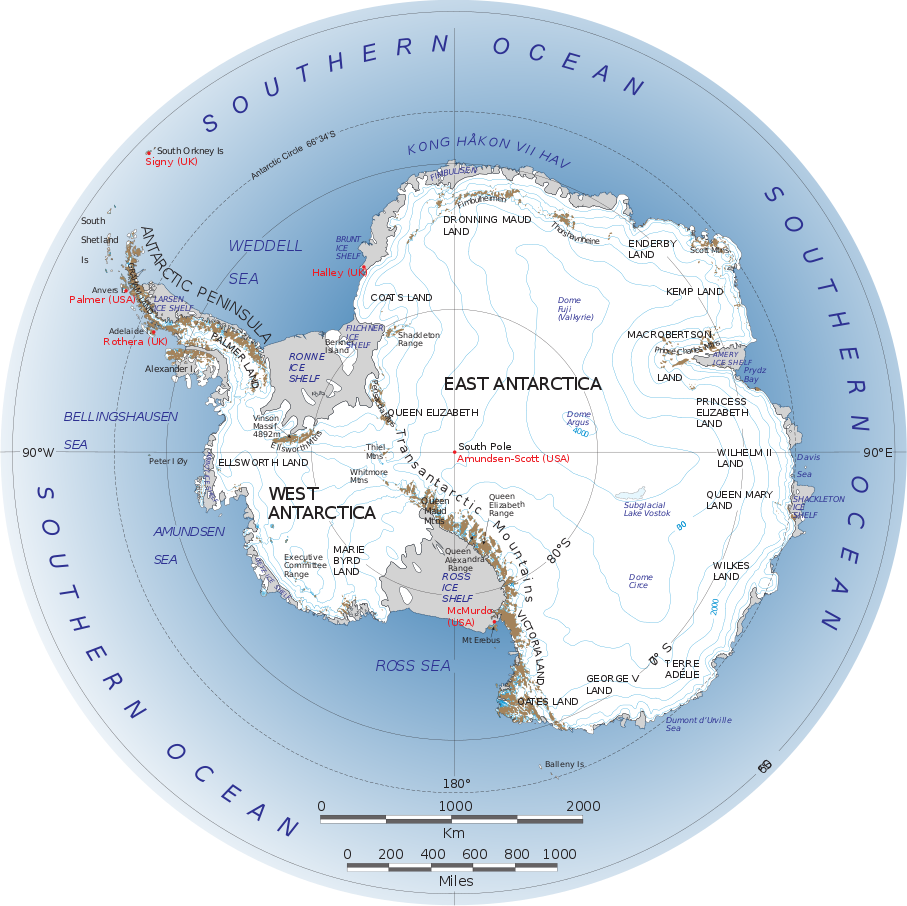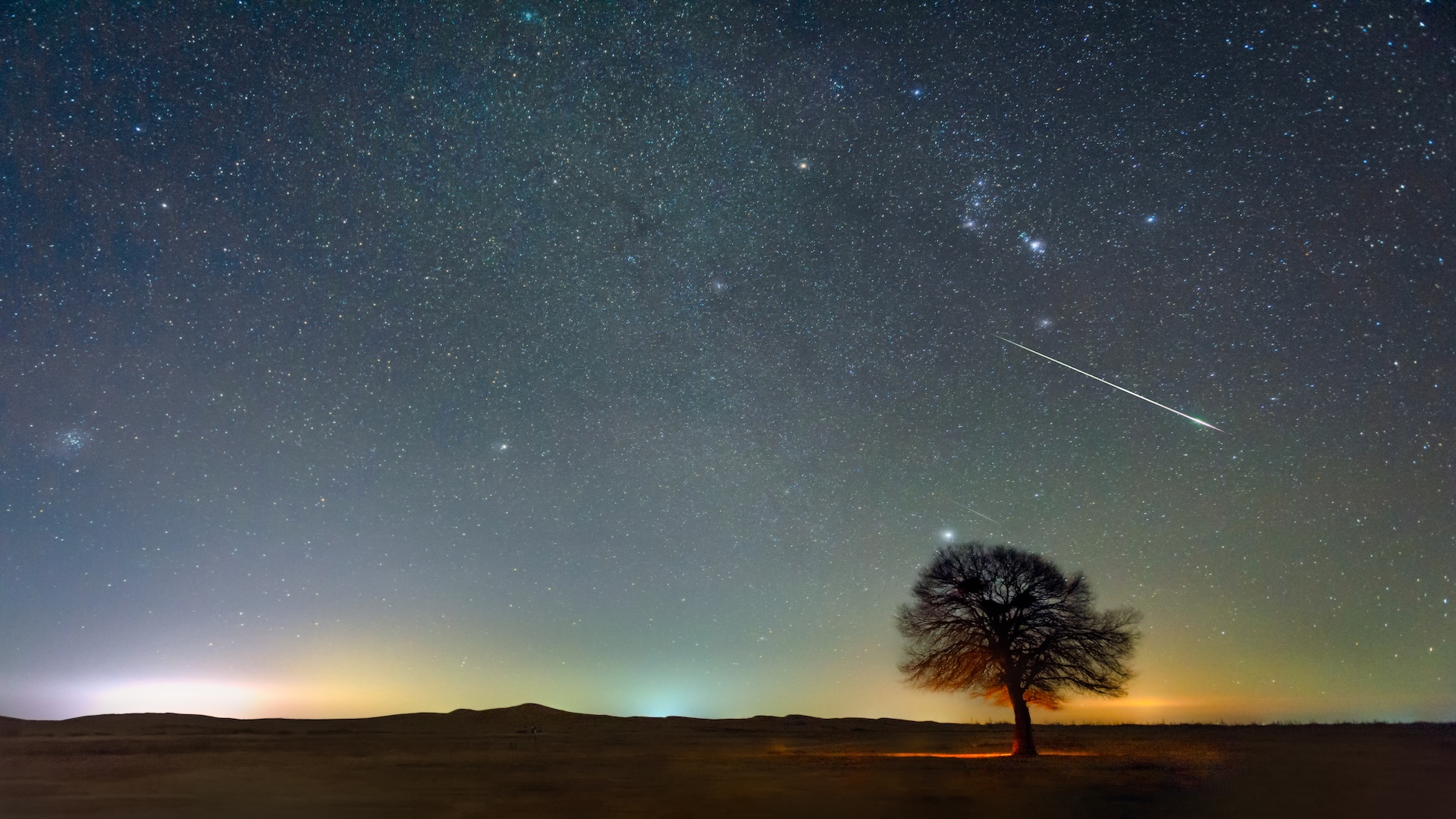Massive Ice Highways Found Hiding Under Antarctica
Scientists have found huge valleys linking the smaller West Antarctic Ice Sheet to the massive East Antarctic Ice Sheet, hidden deep under the ice.
Three canyons — named Foundation Trough, Patuxent Trough and Offset Rift Basin — slice through the mountain ranges that divide the two major regions of the frozen continent. Foundation is 217 miles (350 kilometers) long (about the distance from Los Angeles to Las Vegas) and 22 miles (35 km) wide. Patuxent is a bit shorter and half Foundation's width. Offset is half Foundation's length but just as wide. Each of them provides a highway for ice to flow from the larger, stabler East Antarctic Ice Sheet into the smaller, less stable West Antarctic Ice Sheet. And each of them was completely unmapped and unseen under the ice until a recent survey mission, which was described online May 4 in the journal Geophysical Research Letters.
That's because the two major ice-mapping satellites orbiting Earth have big blind spots in the center of Antarctica. The inclination of their orbits prevents them from seeing into the ice of the southernmost continent. So, between 2015 and 2017, an international team of researchers started flying planes with sensitive mapping instruments on board over the Antarctic gap in order to fill in the blind spot in Earth's ice maps.
This finding is a big deal because it offers scientists a framework for figuring out how the more landlocked ice of the Eastern Ice Sheet might behave as the climate changes.
Right now, researchers said, the mountain ranges dividing Antarctica's east and west hold back the eastern ice. But ice already flows between them, through these valleys.
"If the ice sheet thins or retreats, these topographically controlled corridors could facilitate enhanced flow of ice farther inland, and could lead to the west Antarctic ice divide moving," lead study author Kate Winter, a researcher at Northumbria University in England, said in a statement. "This would, in turn, increase the speed and rate at which ice flows out from the center of Antarctica to its edges, leading to an increase in global sea levels."
Already, scientists have found alarming warning signs of how the West Antarctic Ice Sheet could begin to collapse into the ocean in this climatically altered world, with major consequences for global sea levels. Now, researchers can begin to model what kind of role its much vaster twin will play in this future.
Get the world’s most fascinating discoveries delivered straight to your inbox.
Originally published on Live Science.




